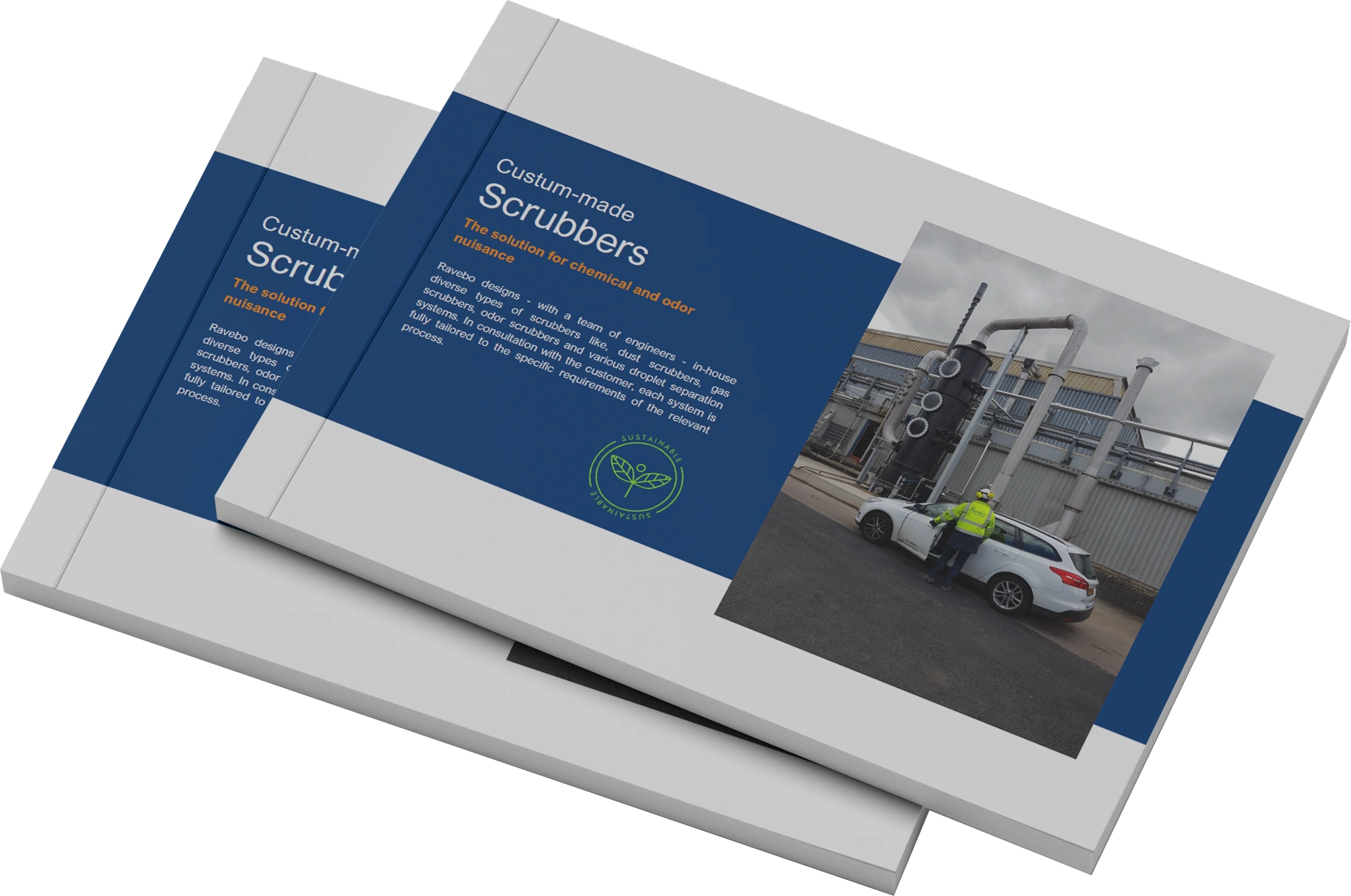
Strengthening Regulations on Fine Industrial Particulate Matter
Protecting Public Health and the Economy
Customised advise from one of our specialists.
Fill in the form below and we will contact you as soon as possible.
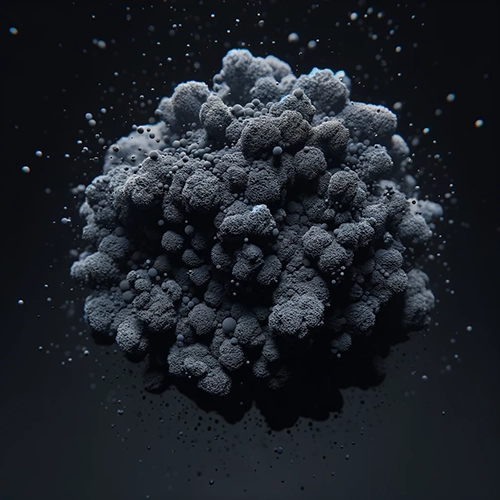
The Urgent Need for Global Regulation of Fine Industrial Particulate Matter
How Stricter Pollution Controls Can Save Lives and Boost the Economy

It is imperative to strengthen worldwide regulations on fine industrial particulate matter, a common and extremely dangerous form of air pollution. Public health agencies argue that the introduction of stricter pollution policies will not just protect human lives but also improve the economy by reducing hospital admissions and lost productivity at work.
Fine particulate matter, such as soot, is emitted from a variety of sources like factories, power plants, and other industrial facilities. This type of pollution can penetrate the respiratory system and bloodstream, causing serious health issues such as asthma, heart disease, and lung disorders. Long-term exposure to fine particulate matter has been associated with premature death. Studies have shown that decreasing soot pollution would especially benefit disadvantaged and minority communities, as they are often located near industrial facilities at a higher rate compared to other populations.
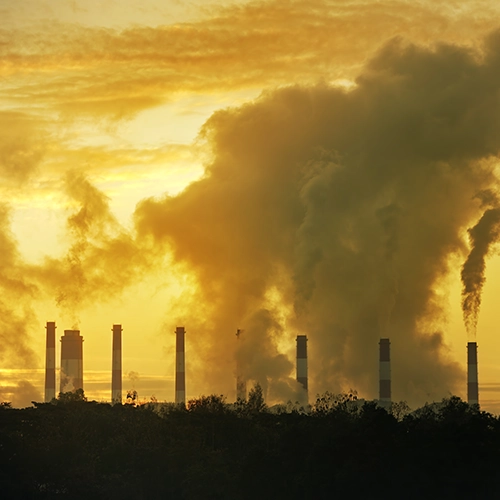
Tackling Soot Pollution: The Industrial Sector's Battle Against Particulate Emissions
Understanding the Complex Nature of Particulate Matter: Elemental Carbon, Black Carbon, and Organic Carbon

Soot pollution in the industrial sector primarily originates from power plants, cement plants, refineries, and vehicles. To mitigate this issue, the industry can adopt pollution-control technologies such as scrubbers in power plants. Combustion sources release particulate emissions that comprise agglomerated chains of carbonaceous spherules, which adsorb other kinds like PAH, partially burned volatile fuel fragments, and ash. It is worth noting that small ash fragments can exist independently from the carbonaceous material. Visible smoke is composed of both particulate matter (soot) and aerosols of volatile varieties.
The core of the particulate matter can be identified as either elemental carbon or black carbon. Elemental carbon is typically quantified using thermal techniques, while black carbon is measured using optical methods. The absorbed components are categorized as organic carbon. Although elemental carbon and black carbon are sometimes used interchangeably, differences may arise if the organic carbon fraction contains light-absorbing substances such as tars. The ratio of black carbon to organic carbon is influenced by the type of fuel, combustion conditions, and sampling temperature. Samples collected at higher temperatures will exhibit lower levels of absorbed organic carbon compared to samples collected at room temperature due to the semi-volatile nature of organic carbon, which tends to be released in gaseous form rather than being retained as particulate matter.
Get in touch with us
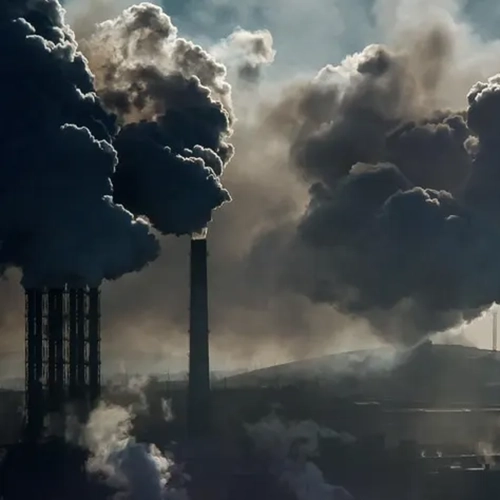
The Impact of Particulate Matter and Black Carbon on Climate Change
Black Carbon and Organic Carbon: Understanding Their Role in Atmospheric Warming

Recent research studies have provided new insights into the role of particulate matter and smoke released during combustion in the context of climate change. These studies have highlighted the significance of the ratio between black carbon and organic carbon in this regard. Black carbon, which constitutes the light-absorbing component of the particles, plays a crucial role as it absorbs heat rather than reflecting it. Consequently, particles with a higher black carbon to organic carbon ratio contribute to the absorption of heat. This phenomenon has implications for cloud albedo, as it reduces the reflectivity of snow and ice, leading to complex consequences. Furthermore, organic carbon includes polycyclic aromatic hydrocarbons (PAHs), which act as precursors to the formation of solid soot. Emissions from combustion also release nitrogen oxides (NOx), sulfur oxides (SOx), and inorganic aerosols, all of which can influence cloud formation.
Soot, also referred to as black carbon, is a component of fine particulate matter found in the atmosphere. It is generated through the incomplete combustion of wood and fossil fuels, resulting in the emission of carbon dioxide, carbon monoxide, and volatile organic compounds (VOCs). The presence of black carbon plays a role in atmospheric warming by effectively absorbing light. This amplifies the warming of both the air and surfaces in regions where it accumulates, causing alterations in weather patterns and disruptions in ecosystem processes. Despite its short atmospheric lifespan, lasting from days to weeks, black carbon exerts significant direct and indirect impacts on climate, snow and ice melt, agriculture, and human health.
The impacts of black carbon may be concealed by other compounds emitted simultaneously. Certain compounds can actually have a cooling impact on the environment, and the characteristics and amount of co-pollutants can vary depending on the emission source. Emission sources that emit a greater proportion of warming pollutants compared to cooling pollutants are considered as the most viable candidates for mitigation efforts, leading to positive outcomes for both climate and public health in the short run.
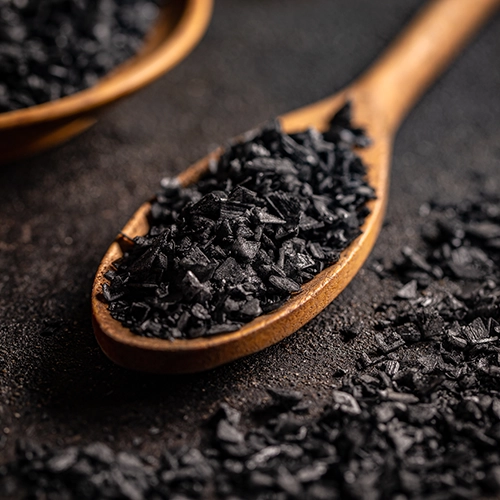
Black Carbon: A Pivotal Contributor to Global Warming and Atmospheric Alterations
The Health Perils of Particulate Matter: Understanding the Extensive Impact of Air Pollution

Black carbon plays a significant role in the process of global warming due to its exceptional ability to absorb light and warm its surroundings. However, the impact of black carbon is not uniform on a global scale as its concentrations vary greatly across different regions and time periods. When black carbon is present in the atmosphere, it contributes to the warming effect by converting incoming solar radiation into heat, similar to how asphalt surfaces generate heat islands in urban areas. Additionally, black carbon affects cloud formation and influences regional weather patterns, including rainfall distribution. Moreover, when black carbon particles settle on ice and snow, they diminish the surface's capacity to reflect sunlight, resulting in increased heating of the surface.
Black carbon is a constituent of fine particulate matter air pollution, which is the primary environmental factor contributing to adverse health effects and untimely mortality. Due to their minuscule size, these particles possess the ability to deeply penetrate the respiratory system, thereby facilitating the transportation of harmful substances into the bloodstream. Long-term exposure to particulate air pollution is estimated to cause approximately 4 million deaths annually. Furthermore, air pollution has been associated with various health consequences, including premature mortality in adults suffering from heart and lung diseases, strokes, heart attacks, chronic respiratory ailments like bronchitis, exacerbated asthma, and other cardio-respiratory symptoms. Infants and children are also vulnerable to its detrimental effects, as this form of air pollution is responsible for the untimely demise of children due to acute lower respiratory infections such as pneumonia. Additionally, these particles have been detected in the lungs, livers, and brains of unborn babies, potentially impacting their early childhood development.
Game-changing benefits
Discover the game-changing benefits of scrubbers and propel your business forward with our free whitepaper download.
Scrubbers for particulate
The gas cleaning process involves the use of scrubbers to remove particulate matter. A centrifugal pump is utilized to recirculate wash water, which is pumped out of the integrated buffer. The absorption stage, equipped with spray nozzles, effectively absorb particles by facilitating intense contact between the washing liquid and the process gas. This scrubber is particularly effective for irregular concentrations, as peak discharges are mostly absorbed by the counter current washing principle.
Efficient Washing Section Design
The design of the washing section is optimized for efficiency. It includes fully removable multiple spray lances that are mounted above each other to create a longer spray path. Clog-free spray nozzles generate fine droplets to maximize the absorption of dust and gas particles. The overlapping spray pattern enhances the cleaning process, while the pressure loss is minimized due to the absence of random packings. The quality of the washing water is monitored and maintained within operational limits through conductivity measurement.
Pre-Separator and Agglomerator
The pre-separator, which is a type of chevron or vane separator, is positioned above the absorption stage. Its purpose is to separate larger droplets, decrease the amount of liquid present, and function as an agglomerator, allowing smaller droplets to merge into larger separable fractions for improved performance of the final separator.
Final Separator and Emission
In order to minimize the entrainment of the washing medium, a highly efficient separator in the form of a fine wire mesh demister is installed above the pre-separator. This arrangement ensures a high degree of droplet separation while maintaining a relatively low-pressure loss. Once the gas passes through the final separator, it is directed towards the centrifugal fan to compensate for any pressure loss, and subsequently, the gas flow can be released.
Get in touch with our scrubber specialist
Our gas scrubbers with analyzing systems make it possible to clean various gas flows. This leads to a cleaner living environment and more sustainable production processes. Curious about the possibilities? Our specialists are happy to provide you with appropriate advice.
